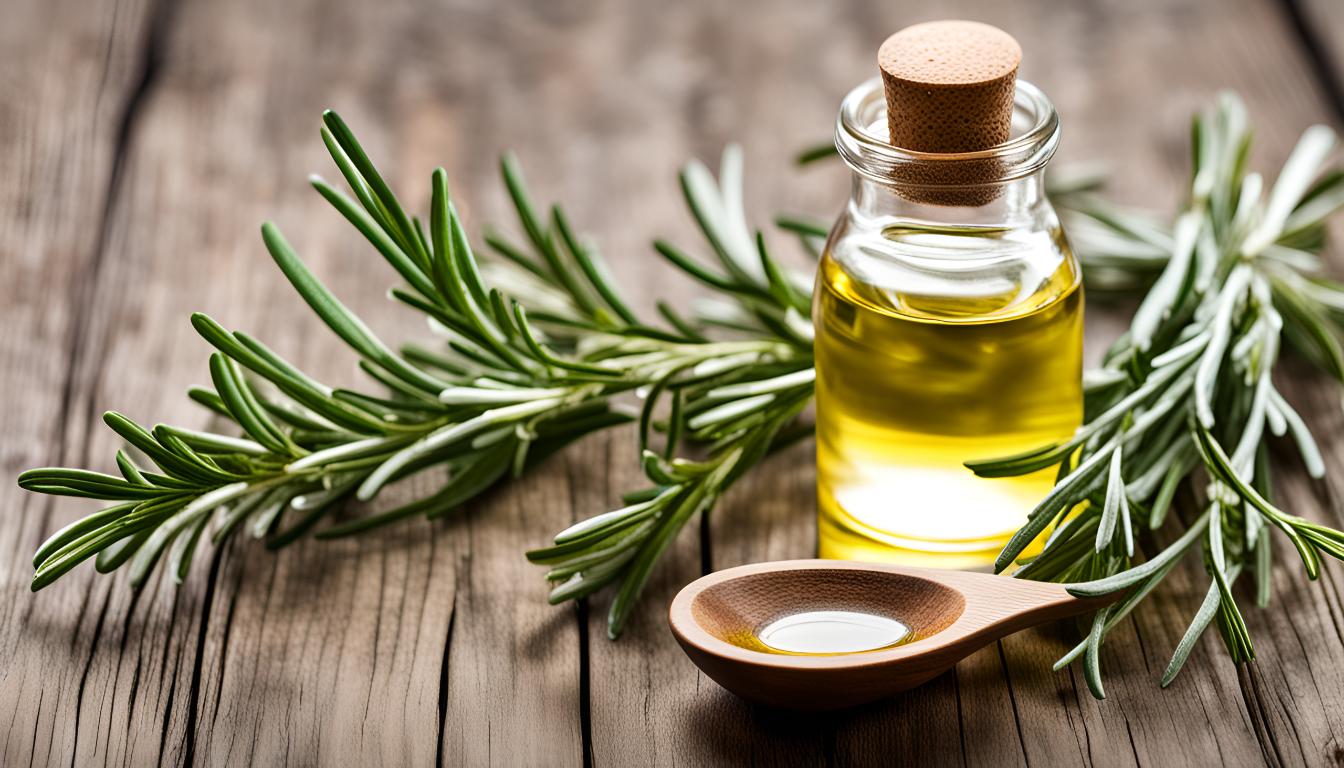Rosemary Water and Oil for Hair Fall: A Comprehensive Guide to Natural Hair Care
Hair fall affects individuals of all ages and genders, often prompting the search for gentle yet effective natural remedies. Rosemary water and oil, renowned for their aromatic scent and therapeutic benefits, have gained popularity as natural solutions to combat hair fall and promote healthier hair. In this extended article, we delve deeper into the benefits of rosemary, detailed methods of preparation and application, scientific insights, case studies, and comprehensive tips for optimizing results.
Benefits of Rosemary for Hair Health
Rosemary (Rosmarinus officinalis), a Mediterranean herb, offers numerous advantages for hair and scalp health:
1. Stimulates Hair Growth: Rosemary improves scalp circulation, which in turn promotes hair growth by ensuring adequate nutrient and oxygen delivery to hair follicles.
2. Strengthens Hair: Rich in antioxidants and nutrients like vitamin E, rosemary nourishes hair follicles, strengthens strands, and reduces breakage, thereby improving overall hair strength and resilience.
3. Antimicrobial Properties: Rosemary’s antimicrobial properties help maintain scalp health by combating fungal infections and reducing dandruff, creating a conducive environment for healthy hair growth.
4. Natural DHT Blocker: Dihydrotestosterone (DHT) is implicated in genetic hair loss. Rosemary contains components that may inhibit DHT production or activity, potentially slowing down hair fall in individuals genetically predisposed to balding.
5. Enhances Shine and Volume: Regular use of rosemary can enhance hair texture, making it appear shinier, thicker, and more voluminous, which contributes to overall hair aesthetics.
Using Rosemary Water for Hair Fall
1. Preparation of Rosemary Water:
Ingredients:
- Fresh or dried rosemary leaves
- Water
Method:
- Boil 2 cups of water in a pot.
- Add a handful of fresh or dried rosemary leaves to the boiling water.
- Cover and simmer for 15-20 minutes.
- Remove from heat and let it cool completely.
- Strain the mixture to remove the leaves, leaving rosemary-infused water ready for use.
2. Application:
After Shampoo Rinse:
- Shampoo your hair as usual to cleanse it thoroughly.
- Use the rosemary water as a final rinse by pouring it over your hair and scalp, ensuring complete coverage.
- Gently massage your scalp for a few minutes to enhance circulation and absorption.
- Allow your hair to air dry naturally or style as desired without rinsing out the rosemary water.
Frequency: For optimal results, incorporate rosemary water as a rinse 2-3 times per week. Adjust the frequency based on your hair’s response and needs.
Using Rosemary Oil for Hair Fall
Rosemary essential oil offers concentrated benefits and can be applied in various ways:
1. Scalp Massage:
Ingredients:
- Rosemary essential oil (diluted in a carrier oil like jojoba or coconut oil)
Method:
- Mix a few drops of rosemary essential oil with a tablespoon of your preferred carrier oil.
- Part your hair and apply the oil mixture directly to your scalp.
- Gently massage your scalp for 5-10 minutes to improve circulation and ensure thorough oil penetration.
- Leave the oil on for at least 30 minutes or overnight for deeper conditioning.
- Shampoo your hair thoroughly to remove the oil.
2. Hair Mask:
Ingredients:
- 2 tablespoons of plain yogurt
- 1 tablespoon of rosemary oil
Method:
- Mix the yogurt and rosemary oil until well blended.
- Apply the mixture to damp hair, focusing on the roots and ends.
- Leave the mask on for 30 minutes before rinsing with lukewarm water and shampooing as usual.
3. Scalp Treatment:
Ingredients:
- 1/4 cup of aloe vera gel
- 10-15 drops of rosemary oil
Method:
- Combine the aloe vera gel and rosemary oil until thoroughly mixed.
- Apply the mixture directly to your scalp using a cotton ball or your fingertips.
- Leave it on for 30-60 minutes to allow the scalp to absorb the beneficial properties.
- Rinse and shampoo to remove any residue.
Tips for Maximizing Results
- Consistency: Regular use of rosemary water or oil is key to achieving noticeable improvements in hair health over time.
- Quality: Opt for high-quality rosemary products to ensure maximum effectiveness and purity.
- Personalization: Adjust the application frequency and method based on your hair type, scalp condition, and individual preferences.
Scientific Insights and Evidence
Include summaries of scientific studies that support the benefits of rosemary for hair health, including its effects on scalp circulation, DHT inhibition, and antioxidant properties. Discuss clinical trials or research findings that validate rosemary’s efficacy in promoting hair growth and reducing hair fall.
Case Studies and User Experiences
Share anecdotal evidence or case studies of individuals who have successfully used rosemary water and oil for hair fall, detailing their experiences, routines, and before-and-after results. This can provide relatable insights and practical tips for readers considering natural remedies.

Conclusion
Rosemary water and oil offer a natural and holistic approach to addressing hair fall, nourishing the scalp, and promoting healthier hair growth. Whether used as a rinse, scalp treatment, or hair mask, rosemary’s medicinal properties can benefit individuals seeking to enhance their hair’s strength, volume, and overall health. By incorporating rosemary into your hair care regimen, you can harness the revitalizing power of this herbal remedy and say goodbye to hair fall worries naturally.
Embrace the natural goodness of rosemary water and oil, and embark on a journey to healthier, more vibrant hair today!
References
Provide a comprehensive list of references, including scientific journals, books, and reputable websites, to support the information presented in the article and allow readers to explore further.
This extended article provides a thorough exploration of rosemary water and oil as natural remedies for hair fall, covering benefits, preparation methods, application techniques, scientific insights, user experiences, and tips for achieving optimal results.
Top of Form
Bottom of Form




